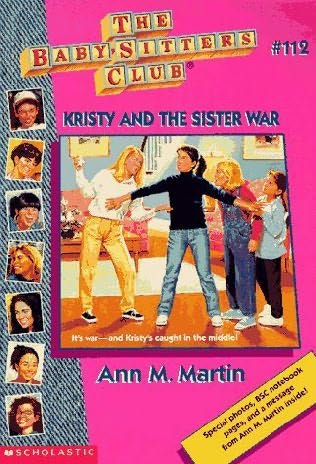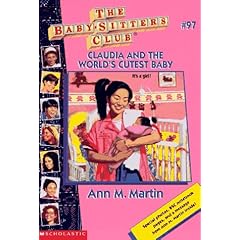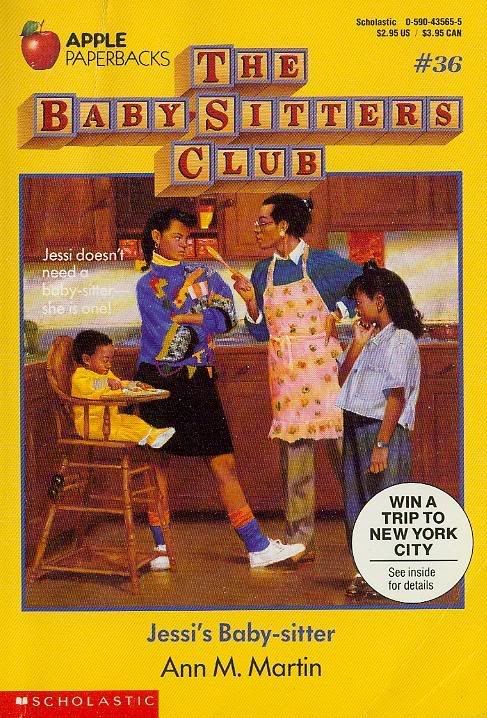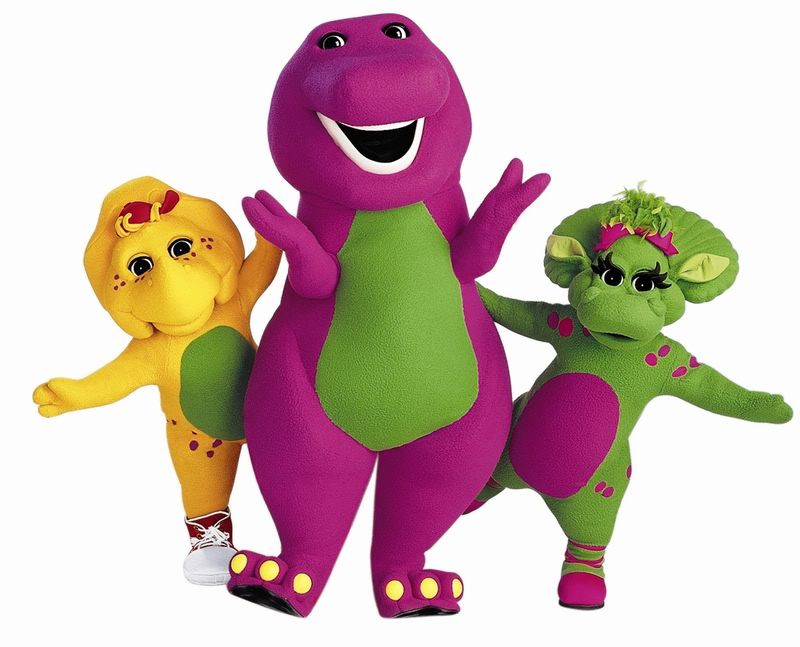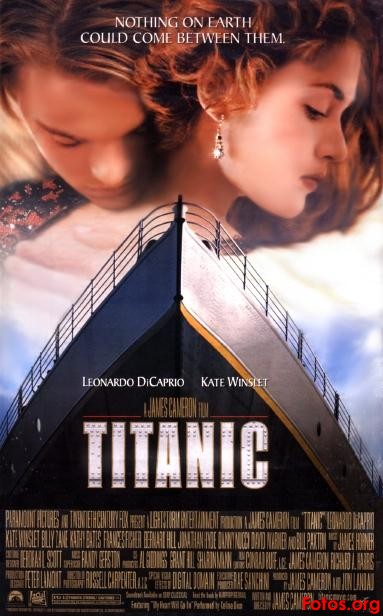
There can be a some major issues in creating a fictionalized movie based on a historical event, but none more, well, titanic, than that facing James Cameron's 1997 blockbuster Titanic. No matter what sort of curve-balls and snaking twists he threw into the plot, you knew there was no chance this boat wasn't going under. There's zero likelihood of a surprise ending with this one, particularly if you saw the movie after you listened to the spoken verse in Britney Spears' "Oops I Did It Again."All the character development in the world couldn't quell that sinking (pun intended) sense of dread that our heroes were just hours from facing imminent catastrophe. Considering hordes of young girls a la Twilight saw the movie three or four times in theaters, it clearly had an X factor that transcended predictability.
In the wake of endless Avatar buzz, some of us forget that this isn't Jame's Cameron's first go at billions-earning film endeavors. Incredibly, Avatar and Titanic are currently ranked as the top two highest-grossing films, suggesting that Cameron's Titanic-inspired "I'm the king of the world!" chalks up to far more than presumptuous chutzpah*. This guy has obviously earned his cinematic clout, particularly in piquing the interest of not just critics but the general public. It's one thing to wow critics, but another realm altogether to convince the millions of the huddled masses to drop ten bucks for a screening.

While Titanic garnered innumerable accolades for its visual splendor, it's possibly more impressive that such a major contingency of people were willing to sit through the full 192 minutes. We're talking three point two hours here, especially long for those of us who hate to leave a movie even for a much-needed bathroom break. Consider the following equation: a large movie theater soda plus 192 minutes plus continuous rushing water onscreen. This did not bode well for the weak-bladdered among us.
Titanic even performed best on Valentine's Day of 1998, taking in over $13 million. Kudos to Cameron for convincing us not only to sign on for three plus hours of screen time but that this disastrous tale of a doomed trans-Atlantic voyage was the most romantic date movie choice. Well played, James Cameron. Well played indeed.
To the movie's romantic credit, it has a certain Romeo and Juliet-type appeal. Our romantic leads are not just star-crossed but downright predestined for separation. The subject matter was also arguably compelling enough to warrant such popularity; shipwrecks also have an elusive allure, captivating us with their unforeseen tragedy and trauma. Let me tell you, though, that it lacks that charm when your cruise line chooses to play it on continuous loop on the in-ship movie channel. Your fears of seasickness will pale in comparison.
The movie opens on then-present day excursions of undersea treasure hunters. Bill Paxton and friends set out to find the famed "Heart of Ocean" blue diamond, rumored to have been on board at the time of the ship's sinking. The underwater excavation doesn't yield any jewels, but it does unearth a drawing of a nude woman wearing the much sought-after necklace. Rose Dawson Calvert, a 100-year old survivor of the wreck, comes forward as the subject of the drawing in question and travels to meet with the excavation team. In typical old person fashion, she gets way off track, launching into a 3-hour detailed chronicle of her experiences onboard. They're just after the diamond, lady, really.
Rose reflects on the outset of her voyage, recalling her 17-year old self boarding the ship for its maiden voyage in 1912. Her family brokered her engagement to the son of a wealthy steel capitalist as a last-ditch hope to save their dwindling hold on the upper class. Rose sees no way out of her impending nuptials and heads to the ship's stern, from where she plans on jumping into the ocean. A scraggy but undeniably handsome steerage passenger, Jack Dawson (Leonardo DiCaprio), spots Rose just as she is about to jump to her death and interferes. Her fiancee hears Rose's screams and suspects Jack tried to take advantage of her, but Rose stands up for Jack and the two forge a friendship.
Jack takes Rose to the third-class quarters where she partakes in some raucous partying featuring folksy instruments, fur hats, and a fair amount of do-si-do-ing. You can't deny this looks far more enjoyable than the stuffy upper decks' humorless dinners.
Rose's fiancee finds out about her minor act of rebellion and forbids her to see Jack. Rose defies his wishes and continues to spend time with Jack, culminating in his suave artistic maneuvering that results in some good old fashioned nude sketching. Things get completely R-rated here, from Kate Winslet's bare breasts to their steamy tryst in a Renault, but somehow Titanic wrangled a PG-13 rating.
Long, long, long story short(ened), Rose's betrothed Cal is pissed, he frames Jack and has him arrested, rendering Jack handcuffed to some pipes. The ship makes troublesome contact with an iceberg, Rose manages to free Jack, and we begin our long drawn-out saga of limited lifeboats and probable hypothermia. The ship splits in two, our heroes end up chattering away in the chilly ocean, there are some heartfelt teary-eyed promises to "never let go", and Jack freezes to death. Rose is saved, and the movie brings us back to the present day for the close of Rose's story. Rose secretly tosses the Heart of the Ocean into the water and the whole thing ends rather ambiguously but sweetly with our witnessing the reunion of teenaged Jack and Rose.
Oh, and how could I forget that this onscreen saga featured a bestselling soundtrack chock full of instrumental James Horner and this epic ballad by the ever-overblown Celine Dion?You just couldn't escape this song in the late 90s; it was everywhere.
If after all that you still need a Titanic refresher course, the internet is teeming with conveniently condensed versions of our favorite movies. Observe, exhibit A:
Titanic went on to sweep the awards shows. I have a distinct memory of keeping a steadfast tally of its wins on Oscar night (for the record, an impressive 11 wins for 14 nominations). My friends and I rushed out to purchase the two-VHS edition of the film for our own viewing enjoyment, though few of us kept up with our initial mania to the point of sitting through the full thing at home. To be fair, though, many of us had seen it multiple times in theaters and had earned our titles as tween fanatics.
The movie may have been fictionalized, but it did have an uncanny manner of drawing us into an interest in historical events. Any film that has the power to interest angst-ridden teenagers in nautical history is right up there with winning 11 Academy Awards: a feat achievable by few. Whether or not you liked the movie, you've got to admit it takes a special type of movie to impel young people to take an interest in any event featured in their history textbooks. I'll concede that the salacious love story and some light nudity may have helped, though. I doubt a documentary would have piqued our interests so readily.
*There's not really any other kind of chutzpah, but for those of you without a strong background in Yiddish, I thought I'd throw you a bone on that one.





